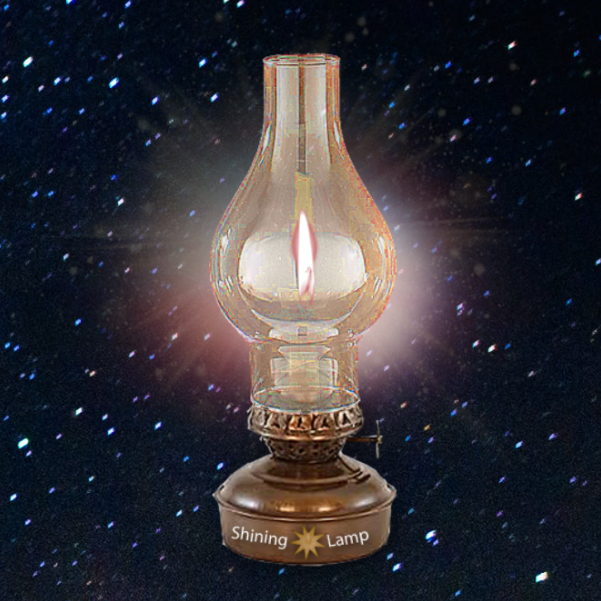Striving to remove barriers that prevent us from building Vibrant, Diverse, Inclusive, Accessible Communities!
In our rapidly evolving world, language plays a crucial role in shaping perceptions and fostering inclusivity. The Be My Eyes “Inclusive Language” Guide is a pivotal resource designed to redefine how we communicate about and with People who are Blind or have Low Vision. Authored by Bryan Bashin, Be My Eyes Vice-Chair, this guide encourages the use of respectful, positive, and modern language, moving away from outdated and ableist terms. It emphasizes that the word "blind" is both respectable and positive, eliminating the need for euphemisms or emotionally charged descriptions. By adopting this guide, we can collectively contribute to a more inclusive and respectful community.
The guide highlights the importance of avoiding terms that carry negative connotations or imply a sense of tragedy, such as "visually impaired," "partially-sighted," "vision loss," and "handicap." Instead, it advocates for using straightforward and empowering language like "Blind People" or "People who have Low Vision." Additionally, it advises against person-first language when it unnecessarily separates the person from their disability, suggesting that phrases like "a blind woman" are perfectly acceptable. This approach not only normalizes blindness but also respects the identities of Blind People, fostering a sense of belonging and equality.
Furthermore, the Be My Eyes guide stresses the need to move away from language that implies inferiority or dependence. Terms like "assistive technology" and "getting independence back" are replaced with "access technology" and descriptions that focus on the efficiency and elegance of tools used by Blind People. By eliminating sentimental and patronizing language such as "inspirational" or "courageous," we can recognize Blind People for their capabilities and contributions without othering them. Embracing these guidelines will help build a Vibrant, Diverse, Inclusive, Accessible Community, where everyone can participate fully and equally. Striving to remove barriers that prevent us from building such communities is a shared responsibility, and the Be My Eyes “Inclusive Language” Guide is an essential tool in this endeavor.
Embrace inclusivity by reading about, learning about, and using the Be My Eyes “Inclusive Language” Guide to respectfully refer to People who are Blind or have Low Vision.
by Bryan Bashin, Vice-Chair of Be My Eyes
Share or Print with:

